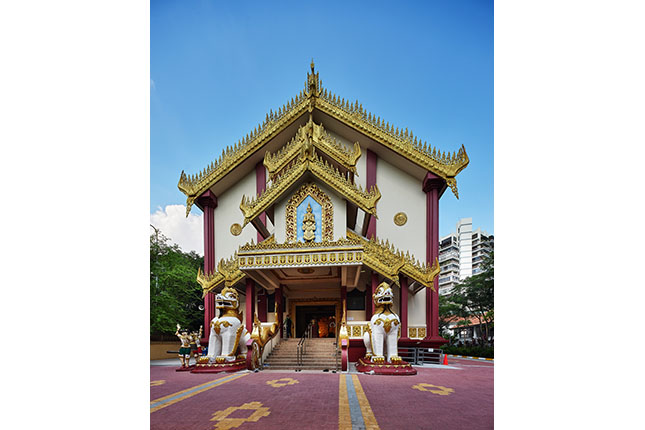Object size: 002: 15 x 3 cm,
Object size: 003: 5.3 x 14 x 5 cm,
Object size: 004: 4.5 x 15 x 4.3 cm
This figure of a standing Buddha was cast in bronze and finished with gilded lacquer. The gilding was probably re-applied several times since it was made. The image has a flame finial rising from the ushnisha at the top of the head, a rounded face with extended earlobes and both hands in abhaya mudra. The standing uncrowned Buddha image with these attributes was introduced during the late Ayutthaya period. The simplicity of such pieces suggests an intentional return to earlier forms that predate the more elaborate crowned Buddha images of the 17th century (Woodward 1997:239). Abhya literally means absence (a -) of fear (bhaya). Abhaya mudra is a gesture of protection although its earliest use was probably as a gesture of greeting. Images with the right hand in this gesture were known as ham yat or ‘forbidding the relatives’ (from fighting). When made with both hands it was known as ham samut, ‘forbidding’ (Woodward 1997:310) or ‘subduing the ocean’ (Moore et al 1996:246) and this iconography continued throughout the Ayutthaya period (Woodward 1997:259). Although a major entrepot and one of the wealthiest kingdoms in the region during the 18th century, Ayutthaya is often overshadowed by the cultural legacy of Sukhothai (see Sukhothai Walking Buddha). Ayutthayan culture saw the continued synthesis of Khmer and other mainland cultural influences, and the co-existence of Western cultural traditions following the arrival of Europeans in the 16th century. Buddhism flowered under the patronage of the monarchy especially King Borommakot (1733 – 58), and relations within the Theravada Buddhist world were significantly strengthened . During the mid 18th century, Ayutthaya assisted Sri Lanka with the revival of monastic traditions such as the higher ordination (upasampada) which had been lost during the long period of European occupation of that country (Andaya et al 1999:219).


















